The Homeopathic Miasms A Modern View
موجود در انبار
قیمت منصفانه
ارسال سریع
تنوع و کیفیت بالا
پشتیبانی و پاسخگویی
The Homeopathic Miasms A Modern View
نگرشی جدید به میازمها در هومیوپاتی | Ian Watson
هامیوپاتی – هومیوپاتی – هومیوپتی
خلاصه کتاب:
This is a modern review of the homeopathic theory of miasms, taking Hahnemann’s groundbreaking hypothesis as the starting point, and extending it to include positive as well as negative traits, exploring how miasms can and do contribute to a growth in human consciousness. Considering the miasms as challenges to humanity, the author describes each major miasm in terms of its life issues and affinities, with the disease aspects being incorporated into a much larger picture. It includes the five chronic miasms of psora, sycosis, syphilis, tuberculosis and cancer, plus the more recent miasms of radiation and AIDS. It also includes the organ and tissue affinities, associated homeopathic remedies and flower essences.
Reviewed by Joesph Rozencwajg, New Zealand
I like Ian Watson’s modern and pragmatic approach to homeopathy, so I was very interested to read his latest book. After all, the concept of miasms is one of the most difficult to grasp and many of us do struggle with it.
And as usual, lan did not deceive my expectations: he starts by saying that many approaches to homeopathic treatments are simple allopathy with potentised remedies: use this remedy to treat that condition; and the same is true with the concept that miasms are “evil” and should be eradicated, another allopathic concept.
He sees miasms more as stages or states of life rather than pathological entities; pathology occurs when imbalance comes into play.
Psora is survival, Sycosis is growth and reproduction, Syphilis death and destruction, Tuberculosis the wake-up call, and Cancer is relationship to others.
Clearly this is more of a philosophical and sociological approach than anything else and puts a very different light and vision to miasms.
Ian presents many Flower remedies adapted to miasmatic states, but the few homeopathic ones are again presented the allopathic way: page 41 “Consider Medorrhinum also for puffy ankles or feet…” as an example, is exactly what he deplored at the beginning of the book. Then involving “divine” intervention or presence might be obvious and clear for lan, whatever his belief system is, but it is not really expected in a book aimed at practitioners of very various and different creeds and philosophical inclinations.
Still, this book and the concepts presented are an invaluable addition to our understanding of miasms and I would certainly recommend it as an integral part of their study.
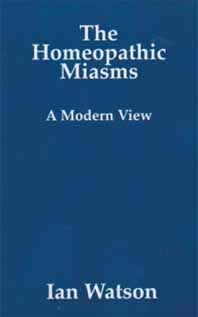
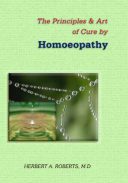
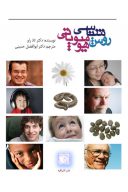
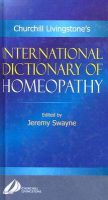
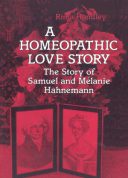
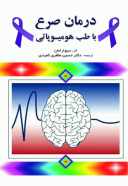
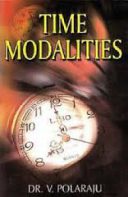
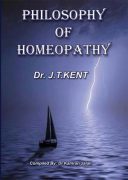
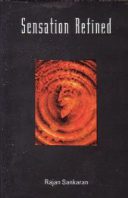
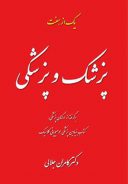
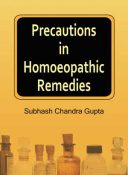
دیدگاهها
هیچ دیدگاهی برای این محصول نوشته نشده است.